Developing Solutions to Address Aging Water Infrastructure in the United States
Most people take clean water for granted. We’re accustomed to drawing a stream of clear water every time we turn on a faucet. However, collecting water from a local reservoir and distributing it directly to your home requires a complicated system of pipes, pumps, and treatment facilities.
Much of this infrastructure is buried underground or located outside of residential areas. The 2.2 million miles of water pipes that make up American water systems are getting older. Failed water and sewer mains require expensive repairs and disrupt local service. Aging pipes allow billions of gallons of potable water to leak out every day. Avoiding water shortages in the future will require water utilities to create plans to update and improve their systems.
What is Water Infrastructure?
Infrastructure is any physical structure that allows safe drinking water to move between locations. It includes the distribution systems that let water flow to consumers, stormwater collection systems, and wastewater treatment systems.
Water Pipes and Mains
According to the EPA, the average American uses 82 gallons of water every day. This number will quickly add up to millions of gallons running through the water system. A variety of pipes carries the water on its journey. Water mains are the pipes that conduct the main flow, while smaller sub-main and distribution pipes branch off to neighborhoods and individual homes.
Wastewater Treatment Plants
After residential or commercial use, water flows through the sewer mains to a wastewater treatment facility. The equipment at the wastewater plant removes solids and other impurities. The water might also receive chemical treatment to adjust the pH, bringing it to a safe level.
Reservoirs and Storage Facilities
Areas with a large population must store water to meet daily demands. They may use natural or constructed reservoirs to maintain the supply. Water towers are a prominent feature on the landscape to accomplish this task for smaller areas. Pumps bring water into the tower overnight when there’s less demand so that there’s a sufficient supply when people take their showers in the morning.
Stormwater and Flood Management Infrastructure
The changing climate has brought about the need for new types of infrastructure. Some cities have experienced dangerous flooding when intense storms drop enough rain to overwhelm current stormwater drainage systems. Some areas have implemented intentional greenspaces to mitigate coastal flooding and slow the flow of rainwater.
Infrastructure-Related Water Jobs
The physical equipment involved in water collection, distribution, and treatment requires trained professionals. As more utilities move to digital monitoring systems like SCADA, American water jobs require more formal education and onsite training. The next generation of water system managers and technicians will need to be fluent in cloud-based technologies like those built by High Tide Technologies.
How Old are US Water Systems?
Currently, municipal utilities replace about 5,000 miles of water system pipes every year. This number is a small part of the US system’s more than 2 million miles. Fixing water mains and service pipes is a labor-intensive process that usually involves expensive digging. Many areas take the approach of only fixing pipes when there’s a critical problem. However, the current rate of water loss due to leakage shows that this infrastructure needs desperate attention.
Urban Infrastructure
Water systems in cities have the oldest components in the country. The municipality built the original infrastructure a century ago and expanded it to accommodate a growing population. The oldest neighborhoods may have iron pipes that are more than 100 years old. A water system failure in an urban area can become a water emergency quickly.
Town and Country Infrastructure
Rural communities and smaller towns relied on well water for much of their history. It wasn’t until the 1970s that these areas began to see the benefits of a municipal water system. Many of these towns and villages have equipment that’s now over 50 years old. Many components are near the end of their usable lives.
Why are US water systems failing?
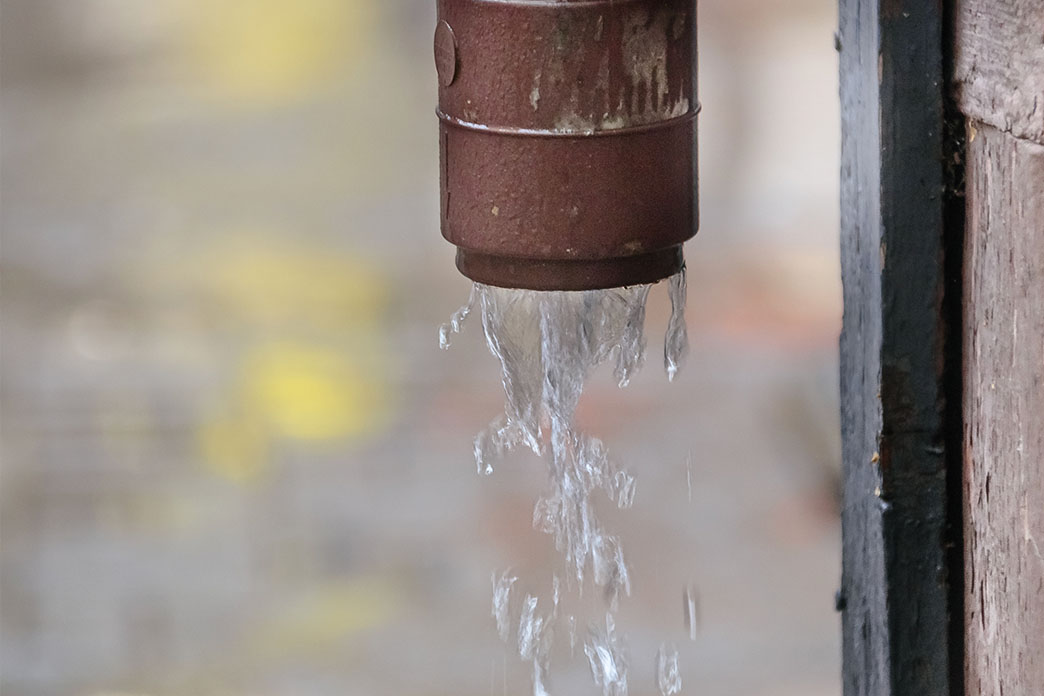
The two primary reasons for water system failures are age and a lack of attention. Minor problems in underground systems are less noticeable. Local governments often wait until a service disruption before investing in utilities.
Corrosion
The first city water systems used iron pipes for water mains. For most of the 20th century, cement was the standard material for water system pipes. While these are both strong materials, the internal water flow and corrosive substances in soil on the outside will wear them down. Eventually, small cracks will lead to a collapse.
Population Growth
When a city or town builds a water system, it’s usually designed to handle current needs with predicted growth. However, if growth surpasses the prediction, it’s difficult for water companies to add sufficient infrastructure. Population growth stresses the water supply and overworks equipment like pumps and treatment plants.
Changing Climate
Systems built in the 1970s weren’t designed to handle the challenges that a changing climate brings to water sustainability. Some areas suffer from unprecedented flooding, and others experience chronic water shortages. Both of these conditions put additional stress on system components.
Investing in Sustainable Water Solutions
Investing in water will require action at both federal and local levels. Moderate rate hikes won’t generate sufficient funding to complete the work needed.
EPA Regulations: Building on the Safe Drinking Water Act
The Environmental Protection Agency is the governmental department that oversees potable water safety. In 1974, this agency was responsible for the Safe Drinking Water Act that established acceptable levels of impurities in clean water. The EPA continues to monitor and mandate drinking water safety. In 2020, they developed the Lead and Copper Rule to regulate these metals in drinking water. In 2021, they established standards of PFAS levels as part of the PFAS Action Act. PFAS, often referred to as “forever chemicals” by scientists, are a type of chemical that has been in production since the 1940s. They are used in common consumer products and have been linked to many medical disorders. Meeting safe water standards will require additional investment in utilities.
Drinking-Water and Wastewater Infrastructure Act
In 2021, the US Congress passed the Drinking Water and Wastewater Infrastructure Act. This legislation will inject $55 billion into water infrastructure projects over the next five years. The program designates $15 billion for lead pipe replacement. About $12 billion will go to wastewater management projects.
Investing in American Water Jobs
Emerging water system technologies will mean a new generation of water jobs. Construction crews that replace aging pipes will always be necessary, but new technicians will rely on digital technology. Investing in water will require an investment in advanced education and engineering skills for water employees.
Digital Resources for Increased Efficiency
Digital resources will play a significant part in developing sustainable water solutions in the years to come. AI, machine learning, and automation will all play a role in increasing water system efficiency. Investing in water must include a shift to platforms that promote real-time data collection. For example, adding SCADA technology will allow utilities to respond faster to changing demands and unexpected events.
Cybersecurity Considerations
Although the addition of cloud-based platforms is essential, recent ransomware attacks highlight the vulnerabilities of web-connected networks. The water jobs of the future will include IT specialists and cybersecurity experts. Guarding the network has become part of protecting the potable water supply.
Improving Water System Maintenance and Efficiency with SCADA Technology
Implementing a supervisory control and data acquisition system is another way water utilities can keep their infrastructure running smoothly. Sensors throughout the water supply send real-time performance feedback to a central location. This equipment can detect small changes in water pressure in the pipeline that may indicate leakage. Technicians can respond to problems faster. They can also use this data to take a proactive approach to long-term maintenance.
High Tide Technologies focuses on building cloud-based SCADA technology for municipal water collection, distribution, and wastewater treatment systems. Sensors send data to the cloud, where managers and technicians can access it in any location on any device. We believe that SCADA technology has an essential role in the future of water sustainability.
About High Tide Technologies
High Tide Technologies is an end-to-end cloud-based SCADA company that enables our users to create a complete SCADA solution that utilizes field units, satellite, cellular or Ethernet communications as well as the Internet to monitor and provides automatic control of your systems.
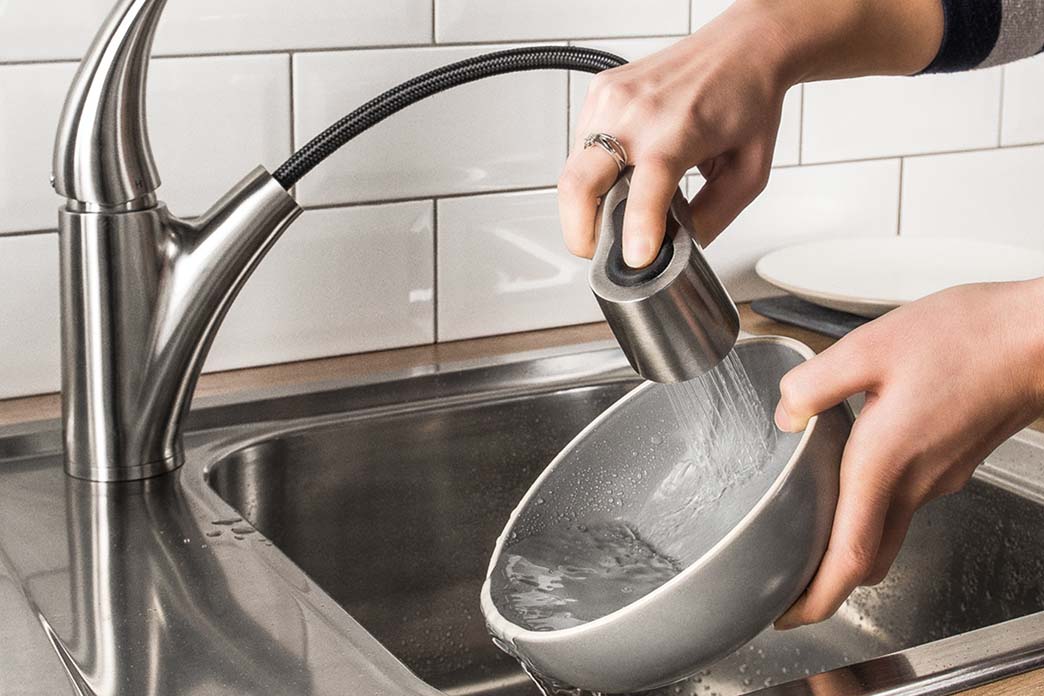

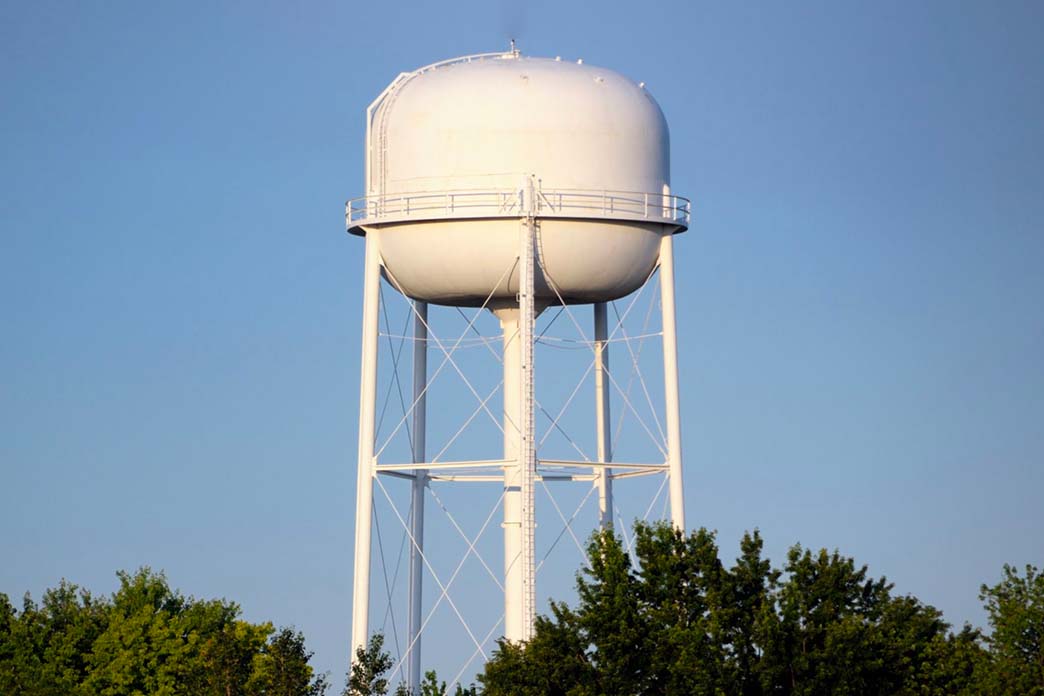
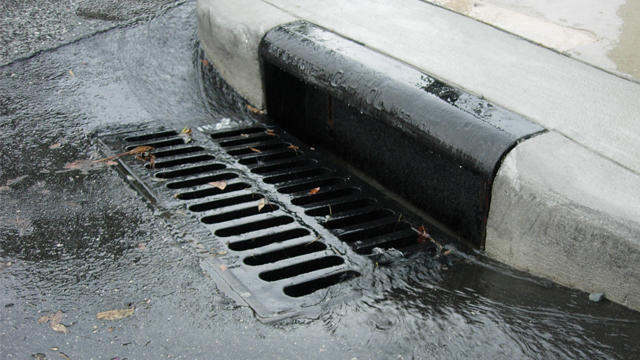
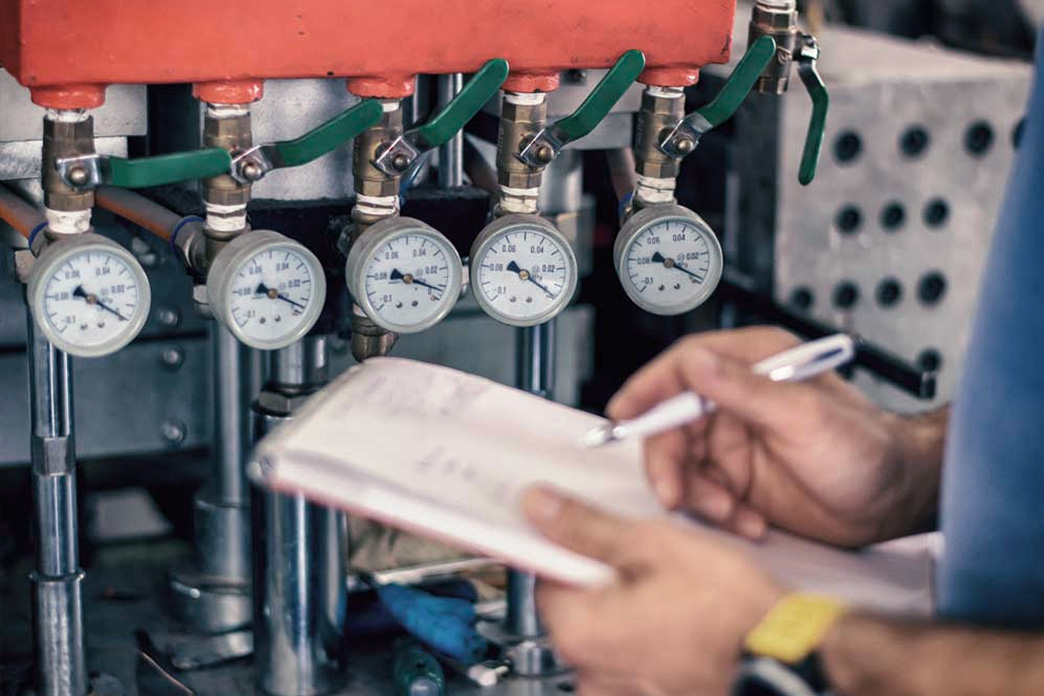

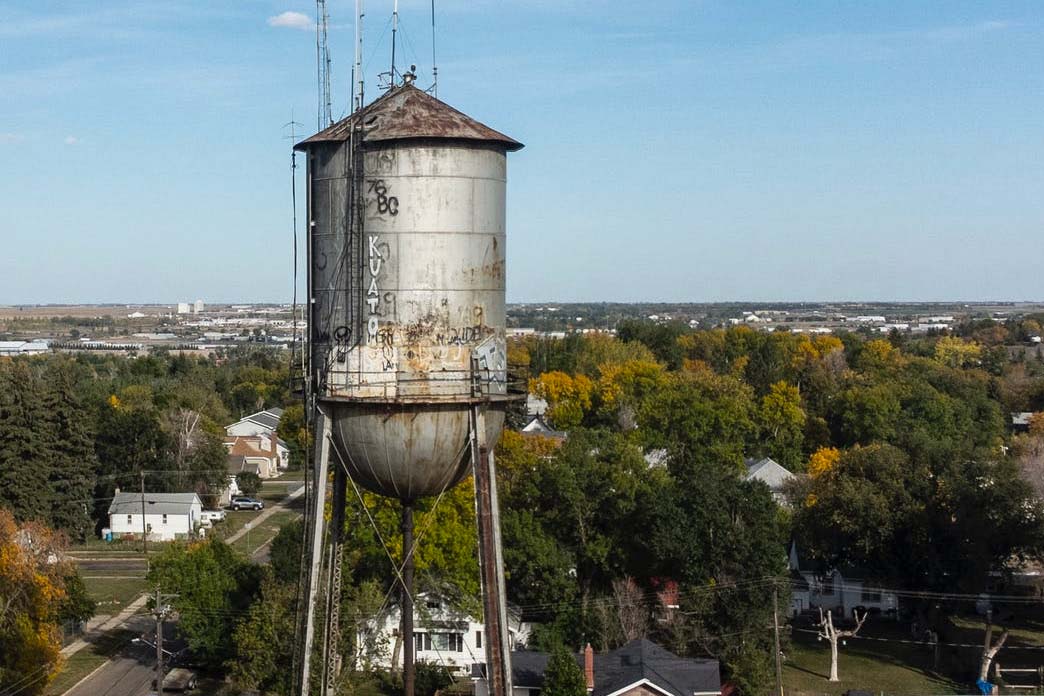
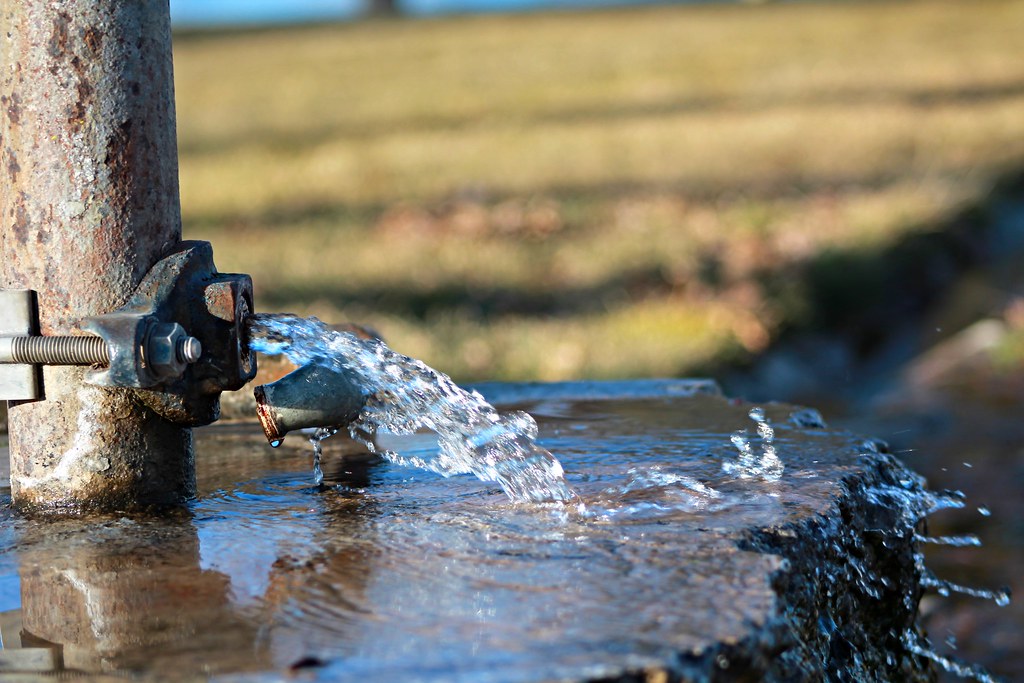

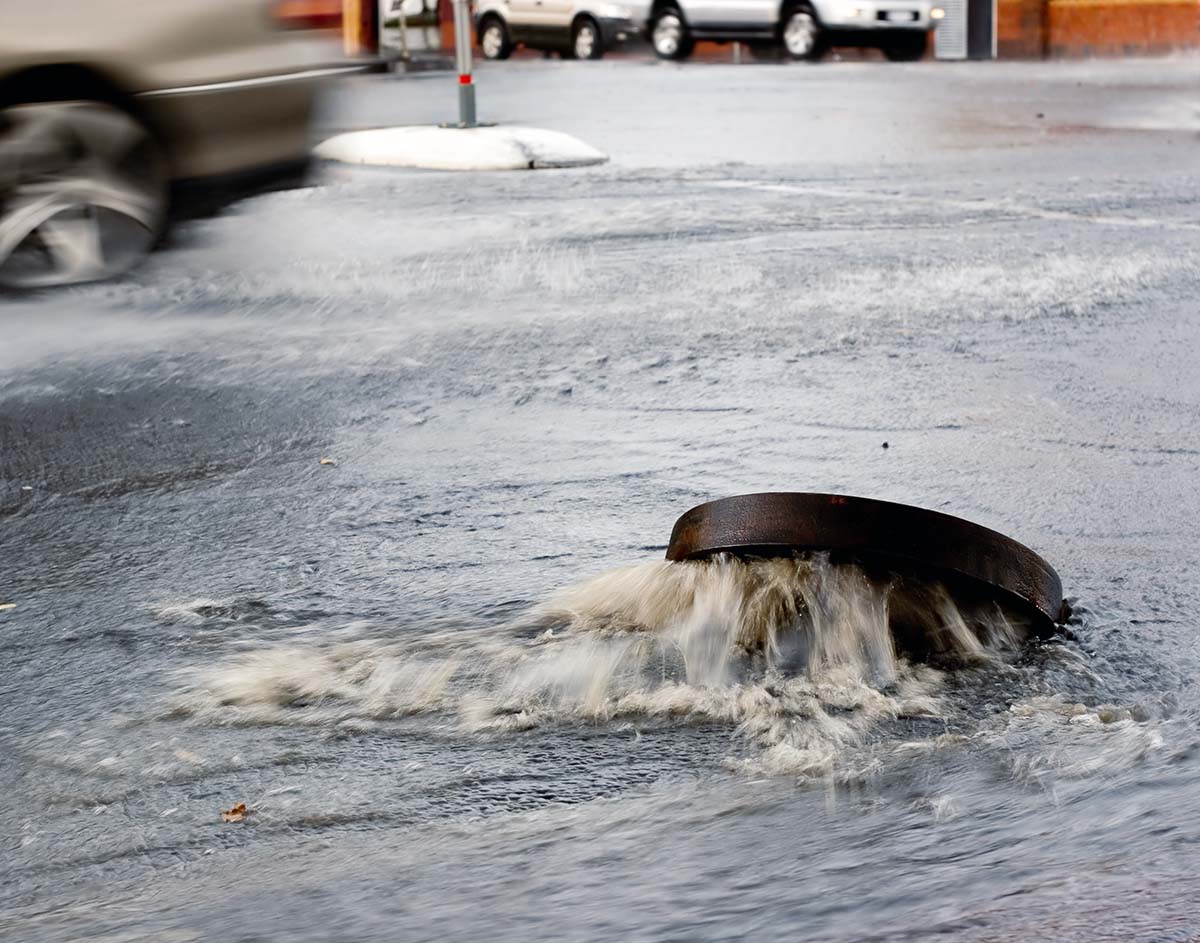

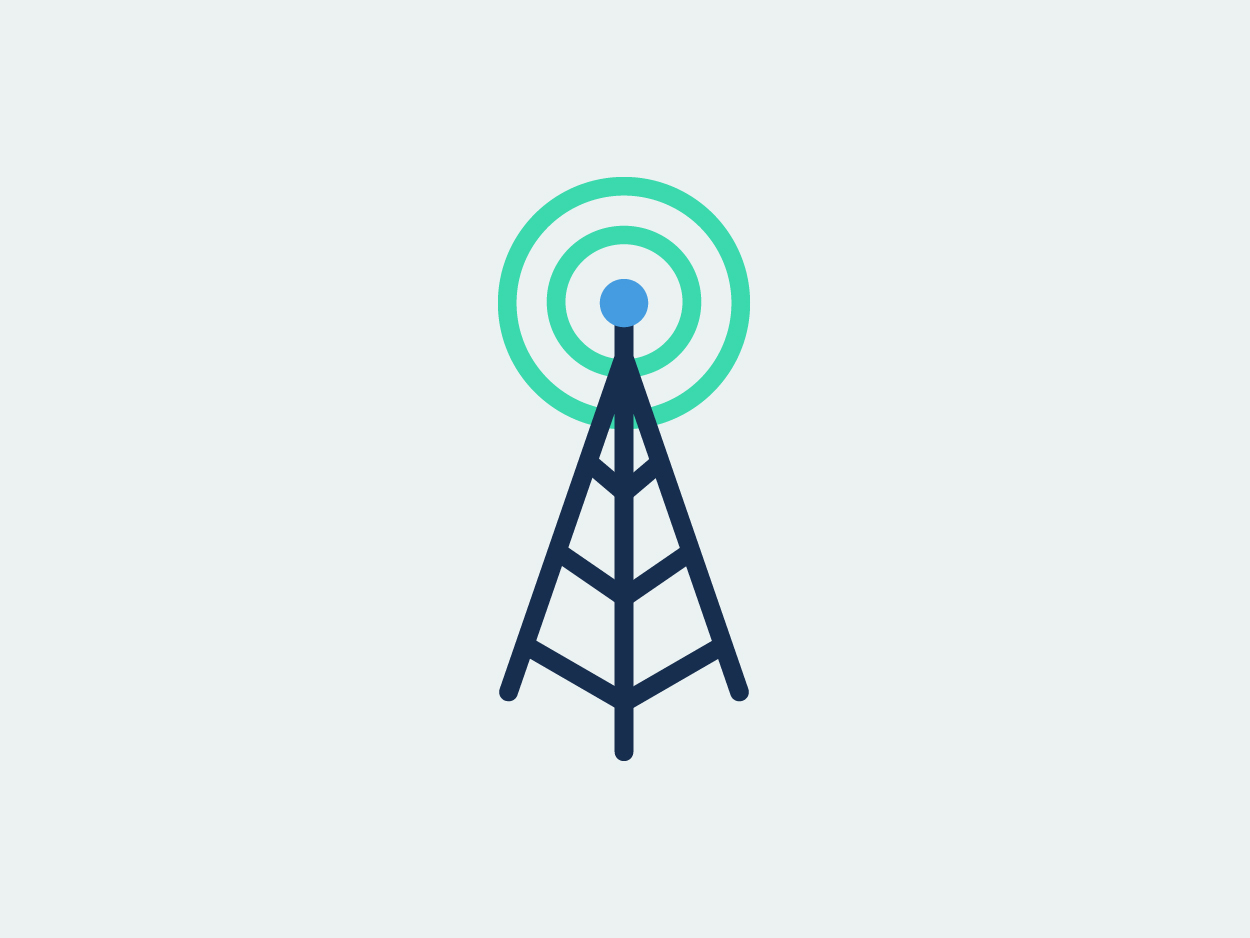
Share this case study